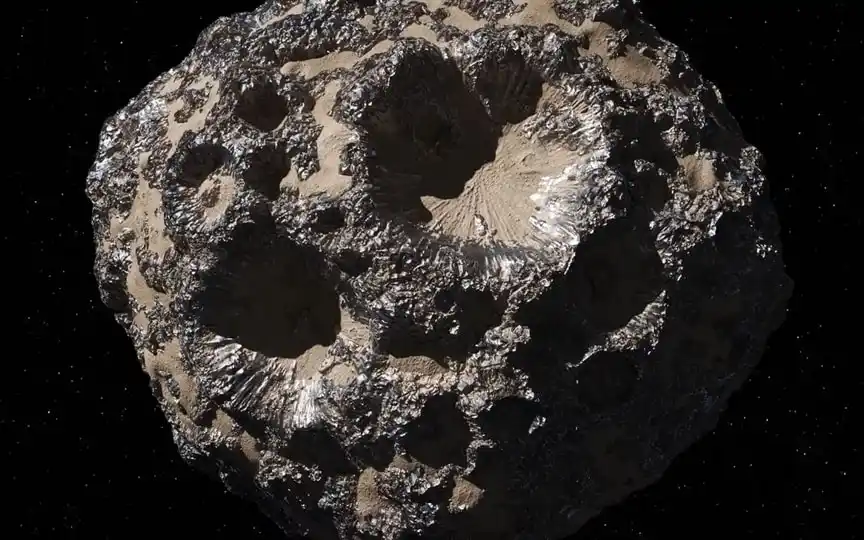Exploring NASA’s Psyche Mission: A Journey to a Massive Asteroid Worth $10 Quintillion
NASA’s Psyche mission, which had faced several delays, was successfully launched on October 13 from the Kennedy Space Center in Florida using a SpaceX Falcon Heavy rocket. Originally scheduled for September 20, 2022, the launch was postponed due to software and testing equipment delivery issues. Despite a subsequent cancellation on October 12 due to unfavorable weather conditions, the mission was rescheduled for the following day and successfully carried out. Learn more about this significant event.
What is NASA’s Psyche mission?
The Psyche mission is part of NASA’s Discovery missions. NASA is studying an asteroid called 16 Psyche, which currently orbits the Sun between Mars and Jupiter. It was discovered in 1852 by the Italian astronomer Annibale de Gasparis. According to NASA, 16 Psyche orbits the Sun in the outer part of the main asteroid belt between Mars and Jupiter and is three times farther from the Sun than Earth.
One of the most amazing facts about this asteroid is that it consists of deposits of gold, silver and nickel, making it rich in metals. According to NASA, it could be worth more than the Earth’s economy combined. That’s worth a whopping 10 quintillion dollars! In addition to its gold-rich structure, this asteroid’s outer surface is rich in nickel, resembling the core of an early planet. It is also one of the largest asteroids in our solar system – 279 km at its widest point.
Psyche mission objectives
The spacecraft will enter orbit around the 16 Psyche asteroid in 2029 and spend two years mapping the asteroid’s topography, scanning the surface, taking pictures and more. The goal is to gain information about its structure and learn how metal-core asteroids and planets are formed. . This could also be an important step in studying the formation of the Earth itself, says NASA.
The objectives of the mission are to determine the age of regions of the asteroid, to study its formation, to characterize the topography and to study the rise of the asteroid’s gravity. Through the mission, scientists also hope to study the unknown building blocks of planet formation – iron cores. It’s also the first time a spacecraft has explored a world made not of rock and ice, but of metal.
With its Psyche mission, scientists will have the opportunity to study how terrestrial planets formed without having to cut through the ground.
The technique used in the Psyche mission
To carry out various experiments and research, the Psyche spacecraft has a series of advanced instruments such as a multispectral imager, a magnetometer, a gamma ray and neutron meter and more.
The Psyche mission is also testing a new laser communication technology called Deep Space Optical Communication (DSOC). This technology encodes data into photons at infrared wavelengths for deep space communications. This technology at the Jet Propulsion Laboratory could shorten the communication time between Earth and deep space, allowing more data to be sent.




